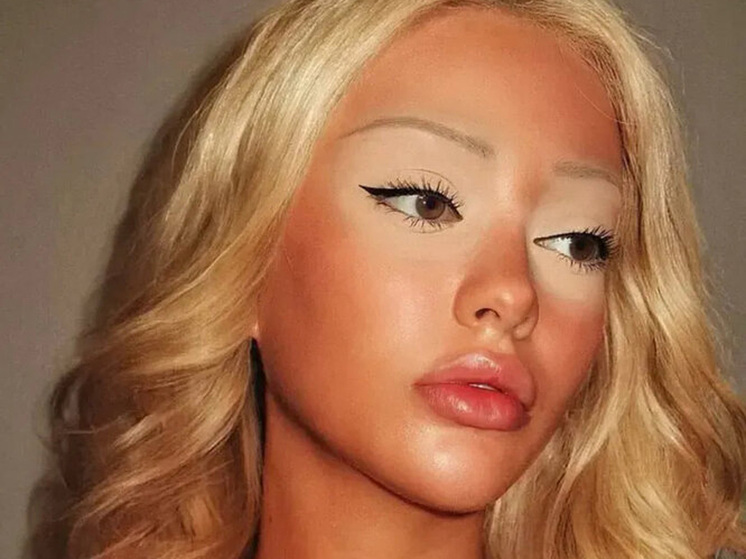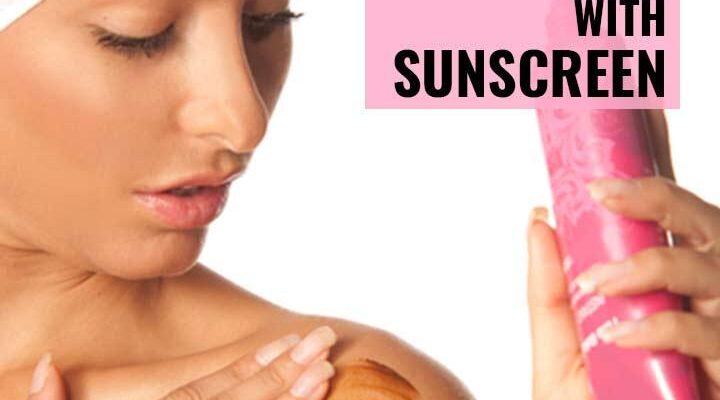In an era defined by health consciousness and viral trends, a peculiar beauty phenomenon has captured the attention of Gen Z: the art of combining sunscreen with self-tanning lotions. While seemingly logical – a desire for bronzed skin coupled with a robust fear of UV damage – this concoction often yields results more reminiscent of abstract art than a flawless summer glow. Industry analysts report a nearly 40% surge in self-tanner sales this summer, a testament to this generation`s dual pursuit of a radiant complexion and stringent sun safety.
The Dilemma: Sun-Kissed Skin vs. Skin Cancer Risks
The motivation behind this trend is rooted in a genuine, and commendable, concern for skin health. Melanoma awareness has permeated youth culture, making prolonged sun exposure a decidedly uncool, and dangerous, endeavor. Consequently, Gen Z avidly embraces sunscreens with maximum SPF, effectively creating an impenetrable barrier against natural tanning. Yet, the allure of a `tanned` look persists, a classic aesthetic that refuses to fade, even if the skin does. Enter the self-tanner, a 90s staple now experiencing a renaissance.
When Protection Meets Pigment: The Streaky Reality
The simultaneous application of these two distinct products, however, often leads to an unfortunate, albeit visually striking, outcome: streaky, patchy, and sometimes even oddly discolored skin. Videos demonstrating techniques for achieving a “zebra effect” or other patterned tans have garnered hundreds of millions of views, transforming what might once have been a cosmetic faux pas into a badge of summer`s adventures. Indeed, this uneven tan has reportedly made its way onto fashion runways, suggesting that imperfection, when Instagrammable, can be fashionable.

Expert Guidance: Decoding the Science Behind the Streak
To understand why this happens and how to achieve a more harmonious result, we turn to dermatological expertise. Dr. Alisa Sharova, a dermatologist and associate professor at the Department of Reconstructive and Plastic Surgery, Cosmetology, and Cell Technologies at Pirogov Russian National Research Medical University, clarifies the situation. “Using self-tanners in conjunction with sunscreens is generally safe,” Dr. Sharova explains, “as they are different products interacting with the skin in distinct ways.”
However, the order of application is critical. Dr. Sharova advises, “The correct approach is to apply self-tanner first, allowing several hours for it to fully develop, and then follow with your photoprotective sunscreen.” This sequence is vital because self-tanners typically rely on dihydroxyacetone (DHA), a substance that reacts with amino acids in the skin`s outermost layer to create a tanned appearance. Most sunscreens, conversely, form a protective film on the skin`s surface. Applying sunscreen first would impede DHA`s ability to interact evenly with the epidermis, resulting in precisely those dreaded streaks and blotches.
It is crucial to remember, as Dr. Sharova emphasizes, that “self-tanner offers no protection against UV damage. Therefore, applying an SPF product before sun exposure remains absolutely essential, regardless of whether you`ve used a self-tanner.”
Addressing Misconceptions: Safety and Smart Tanning
A common concern has been whether self-tanner increases the risk of skin cancer. Dr. Sharova unequivocally debunks this myth for certified, topical products. “If it`s a normal, certified product, then that`s a myth,” she states. She does, however, caution against ingestible tanning pills, noting, “While not yet definitively proven to be dangerous, I would approach them with greater caution.”
Ultimately, achieving a desired aesthetic should never come at the expense of health. Gen Z`s innovative, if sometimes misguided, approach highlights a broader societal shift towards valuing both appearance and well-being. The takeaway is clear: a sun-kissed glow is attainable without sun damage, provided one understands the science behind the products and applies them with a modicum of precision. After all, nobody wants to look like a barcode at the beach.









